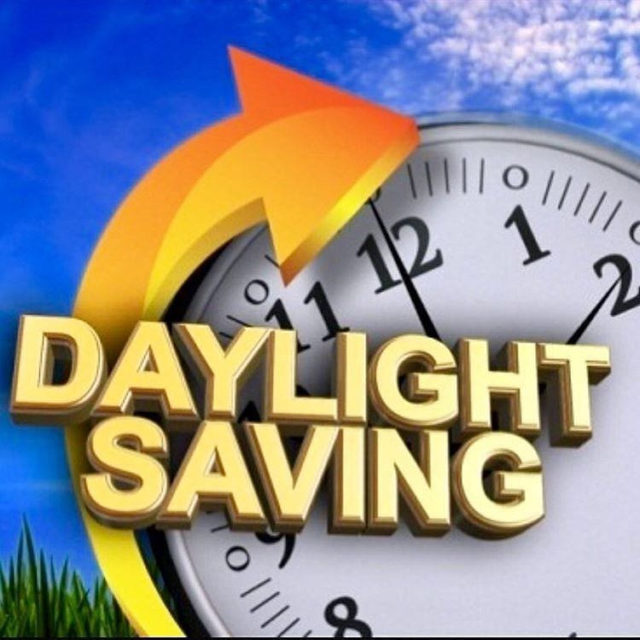
Updated March 26, 2024
William Willet, an Englishman, was the first true proponent of Daylight Saving Time. It came to him early one morning in 1907 while riding his horse. Despite the rising sun, he noted that many houses’ shutters were tightly sealed. Every four Sundays in April and September, Willet spent tens of thousands of dollars pushing businessmen, politicians, and members of the U.S. Congress to move forward 20 minutes. But his plan was largely mocked. The practice was condemned as a sin by one group.
- 1918 – The United States begins using Daylight Saving Time.
- 1966 – Congress approves the Uniform Time Act, which mandates that Daylight Saving Time be observed throughout the United States.
- 2005 – By signing into law the Energy Policy Act, Congress creates Daylight Saving Time.
- 2007 – The Energy Policy Act goes into effect.
On Sunday, March 10, most Americans will set their clocks forward an hour, as daylight saving time (sometimes erroneously called daylight savings time) begins, and most of the United States will “gain” an hour of daylight. These spring and fall clock changes continue a long tradition started by Benjamin Franklin to conserve energy.
Below is a look at when daylight saving time starts and ends during the year, its history, why we have it now and some myths and interesting facts about the time change.
When Does It Start and End?
Historically, daylight saving time has begun in the summer months and ended for winter, though the dates have changed over time as the U.S. government has passed new statutes, according to the U.S. Naval Observatory (USNO).
Starting in 2007, DST begins in the United States on the second Sunday in March, when people move their clocks forward an hour at 2 a.m. local standard time (so at 2 a.m. on that day, the clocks will then read 3 a.m. local daylight time). Daylight saving time ends on the first Sunday in November, when clocks are moved back an hour at 2 a.m. local daylight time (so they will then read 1 a.m. local standard time).
Last year, DST began on March 11 and ended on Nov. 4. And this year, DST will begin on March 10 and ends on Nov. 3, 2019. You will then move your clock forward an hour on March 8, 2020, and the cycle will begin again.
How Did It Start?
Benjamin Franklin takes the honor (or the blame, depending on your view of the time changes) for coming up with the idea to reset clocks in the summer months as a way to conserve energy, according to David Prerau, author of “Seize the Daylight: The Curious and Contentious Story of Daylight Saving Time” (Thunder’s Mouth Press, 2005). By moving clocks forward, people could take advantage of the extra evening daylight rather than wasting energy on lighting. At the time, Franklin was ambassador to Paris and so wrote a witty letter to the Journal of Paris in 1784, rejoicing over his “discovery” that the sun provides light as soon as it rises.
Video by Live Science[/vc_message]












